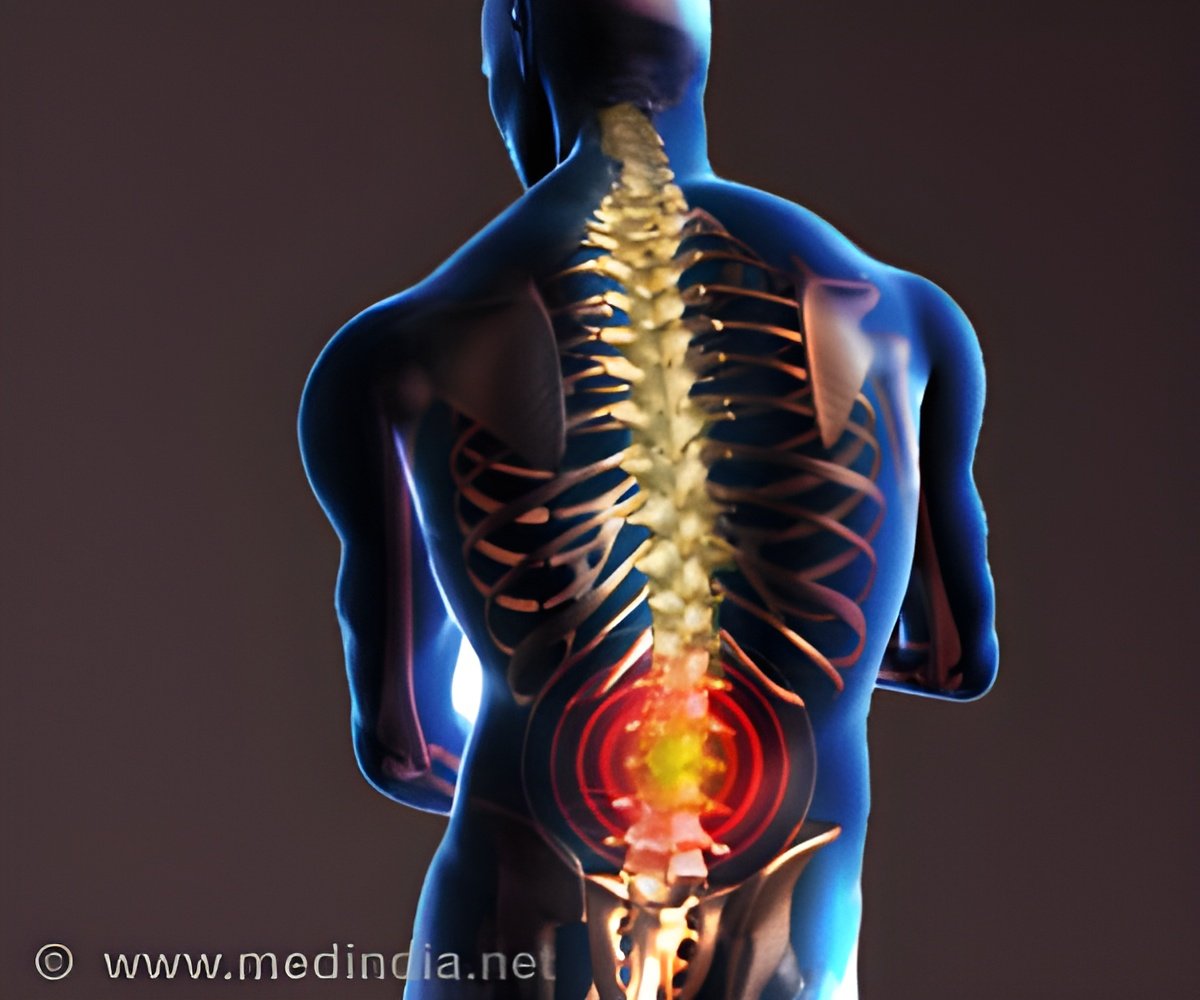Researchers have discovered an analgesic mechanism which limits the transmission of pain signals to the brain among patients with Buruli ulcer.

Until then, it had been thought that the lack of pain in the early stages of the disease was related to the destruction of nervous tissue. In the present study, the researchers show using infected mice that this hypothesis is not supported by nerve degeneration, which occurs only in the advanced stages of the disease. They also injected the toxin into mice to observe its effects on the animals' sensitivity. The researchers show that the presence of the toxin can inhibit pain on its own, with no effect on the nerves.
"The bacterium, or more specifically its toxin, mycolactone, can interact with neurons and prevent the transmission of nerve signals, explaining the painless nature of the lesions," explains Laurent Marsollier, a research fellow at Inserm.
A state-of-the-art imaging technique was used to demonstrate that mycolactone interacts with a neuronal receptor (angiotensin receptor 2), causing leakage of potassium. The potassium efflux causes neuronal hyperpolarisation, limiting the transmission of nerve impulses—which carry the pain signal—at local level.
The researchers then blocked the expression of this neuronal receptor in mice infected with the bacterium. Blocking the receptor prevented it from interacting with the mycolactone toxin, which re-established the animals' sensitivity to pain, thus providing in vivo confirmation of the mechanism identified.
The Mycobacterium ulcerans bacterium employs a novel infection strategy by using the toxin it secretes to prevent the pain associated with the lesions it causes.
Finally, according to the researchers, the receptor identified may be a target of choice, since another study showed that blocking it led to the reduction of pain in patients with herpes infections.
 MEDINDIA
MEDINDIA




 Email
Email










